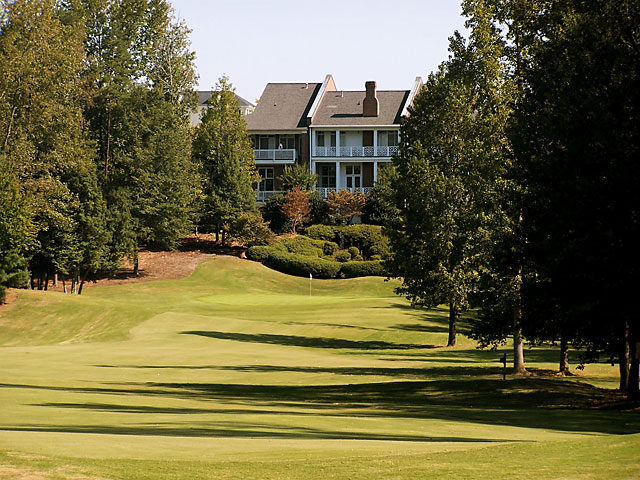
Greenville, SC, has more days of sunshine than any other town in the Carolinas. It also has the wonderful Thornblade Club and its classic Tom Fazio golf course. The surrounding homes are not in a planned community and offer a viable, less-costly alternative to amenity-laden developments.
I had never heard of Seasonal Affective Disorder (SAD) before I opened the Tuesday edition of my Hartford (CT) Courant. The AP story began by discussing a Wisconsin woman who said that she would "turn into a slug" during the winter. My interest was piqued; in just the last few weeks, a Wisconsin couple had asked me to help them find a piece of property in the southeast because they were fed up with winters, and especially the snow. I mentioned the article to my wife, and she said her late mother had SAD. I didn't know that.
Referred to also as winter-onset depression, SAD may affect a half million people, according to the American Academy of Family Physicians. In the AP article, a SAD expert, Dr. Norman Rosenthal, described the symptoms this way: "You'll start slowing down, have difficulty waking up, difficulty concentrating, you'll start craving sweets and starches." And desperately miss playing golf, I might add.
In any event, the best treatment for SAD, according to the Mayo Clinic's web site, is sunlight. Therefore, as a public service, I refer you to a web site that lists cities in order of most days of sunlight annually. Click here. Yuma, AZ, with 242 days of sunshine per year, blows away the competition. But that still leaves 123 days when Yumans should lock away their candy.
The sunniest city in the southeastern U.S. is Apalachicola, FL, with 128 sunny days per year. Maybe the remaining 237 not-sunny days are necessary to help breed fabulous oysters, which Apalachicola is known for (I've had them; they are great). Outside of Florida, Greenville, SC, is the sunniest city in the southeast, with 121 bright days. I've been there a few times; it is a thriving city with a stable economy (BMW plant in nearby Spartanburg) and an excellent range of golf courses and communities, including the lush and expensive Cliffs Communities and the warm, welcoming Tom Fazio-designed Thornblade Club in nearby Greer.
If you are fed up with the winter, contact me and I will send you information about Greenville or any other golf rich area where the sun does shine.























